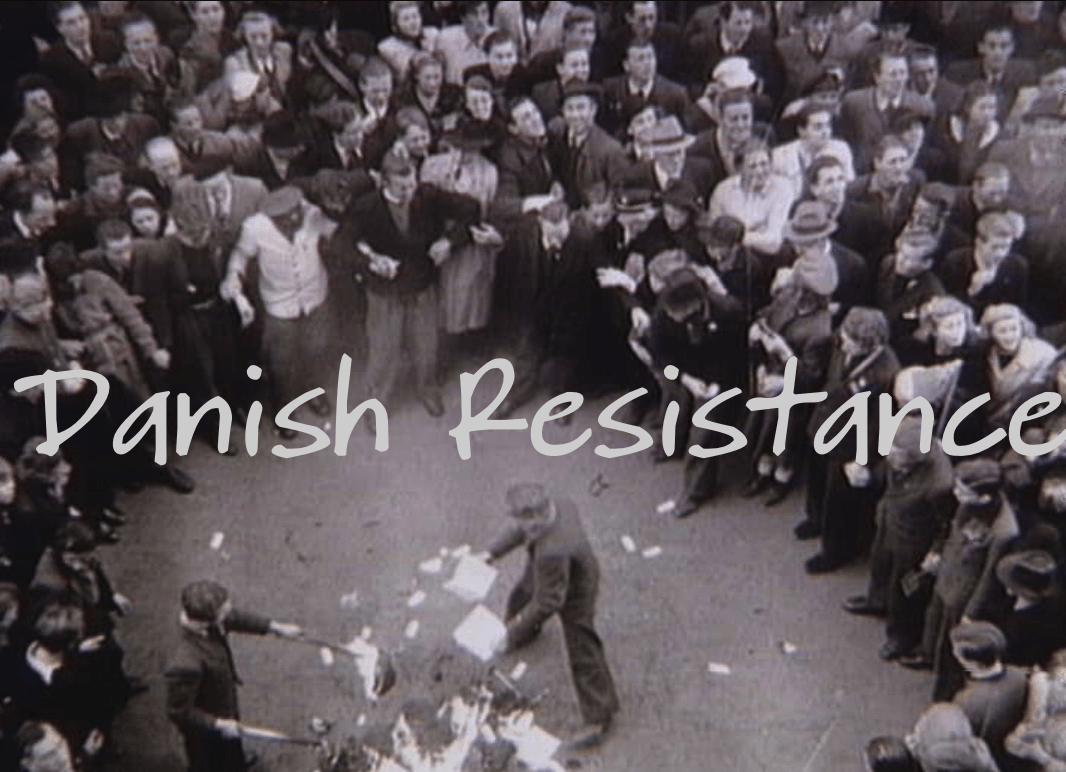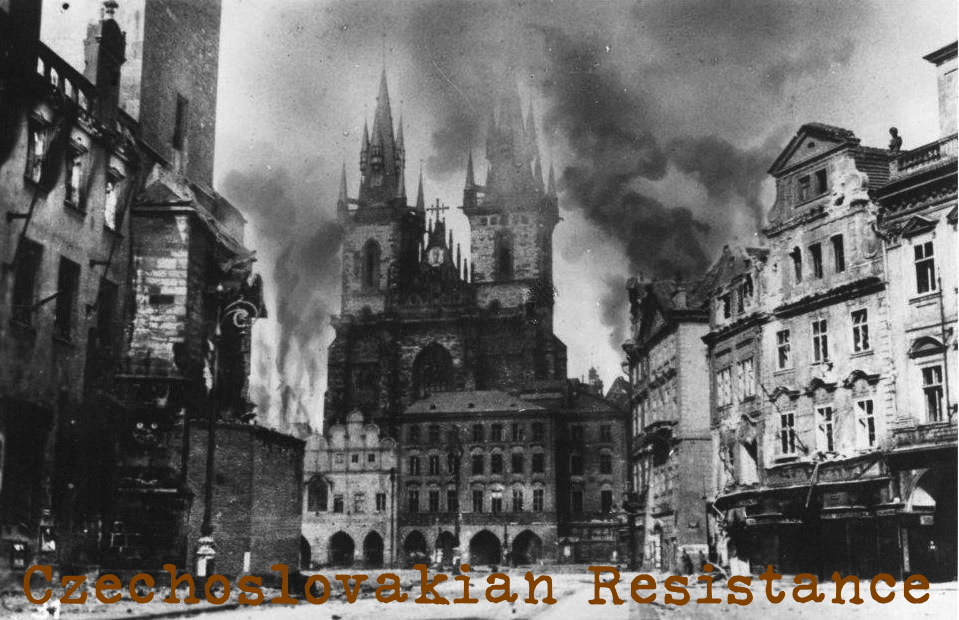Danish Resistance
Danish Resistance Number the Stars is likely one of the books that all 90’s kids read at some point in grade school. Maybe for class, maybe… Read More »Danish Resistance
Danish Resistance Number the Stars is likely one of the books that all 90’s kids read at some point in grade school. Maybe for class, maybe… Read More »Danish Resistance
The Norwegian Resistance The Norwegian resistance was successful, in part, because they had many advantages over the Germans – “a long coast line with vast… Read More »The Norwegian Resistance
The Three Kings: Czechoslovakian Resistance Hitler had marched into Czechoslovakia (or Slovakia) in March of 1939. In defiance of the Munich Agreement. Shortly… Read More »The Three Kings: Czechoslovakian Resistance

